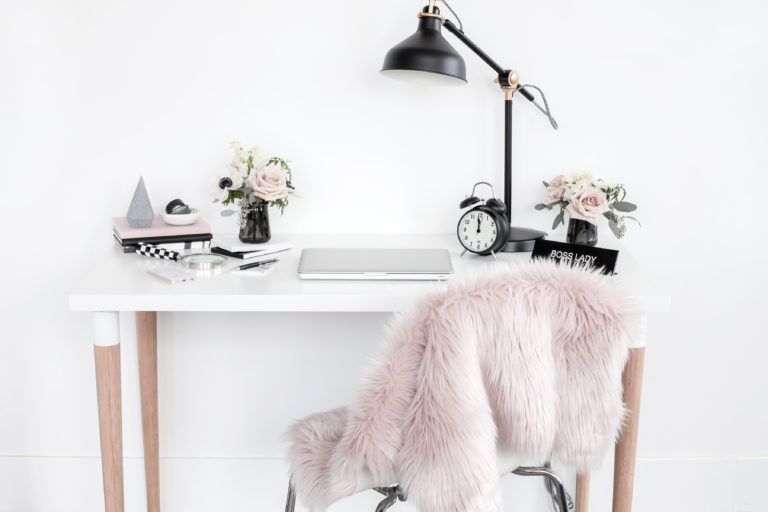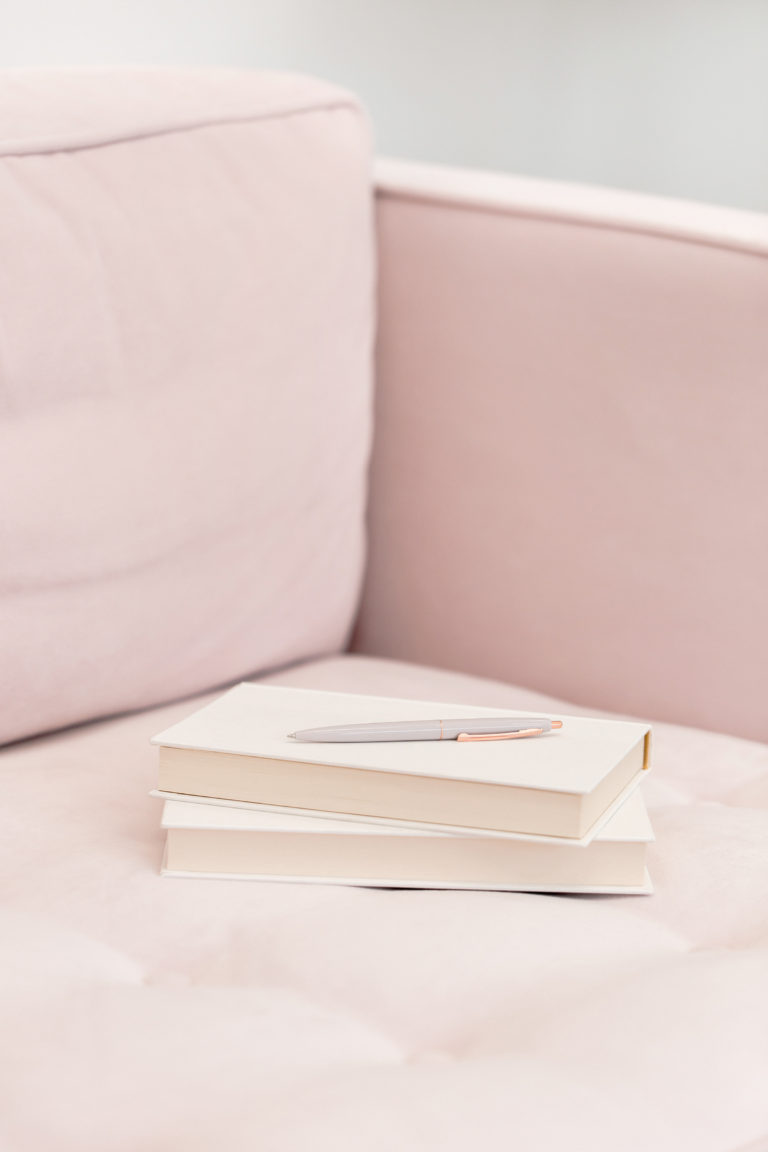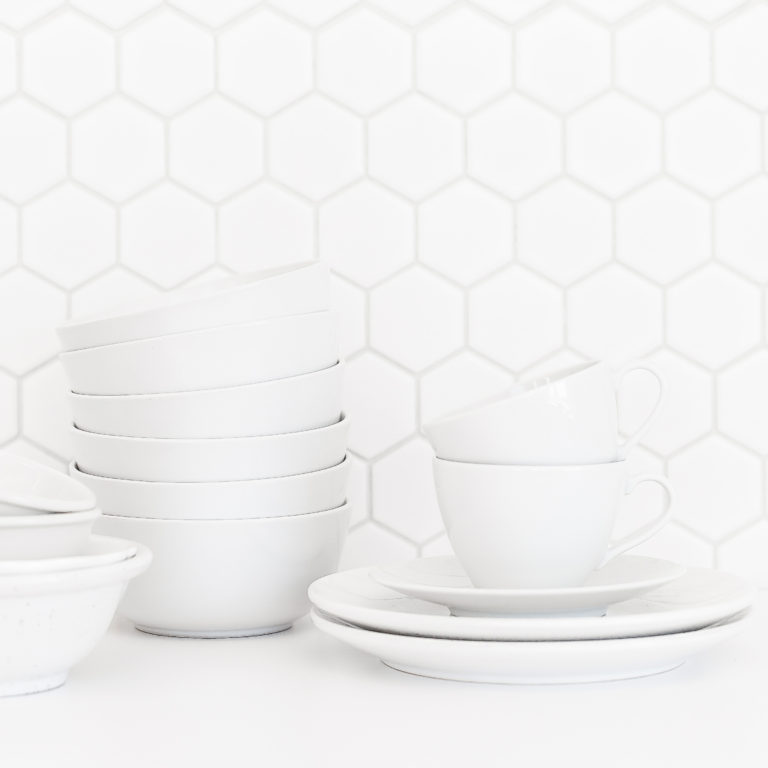Kanban for Home: A Simple Workflow Strategy for the Whole Family
A few years ago, my team was engaged in a particularly tough project. We were working on a pilot for a huge customer. If the short project succeeded, our company would make a big sale. If it failed, we wouldn’t get the deal. A lot of money was riding on our performance and it was a major pressure cooker situation.
I was desperate to organize everything. Priorities and tasks seemed to shift by the hour. The team was spread across different time zones and sometimes countries. Everyone had to coordinate and communicate. It seemed almost impossible to manage. I knew something had to be done.
I did some research and discovered Kanban. Kanban is a Japanese word that means visual sign or billboard. In the modern workplace, it’s a workflow management method designed to be agile and efficient.
The Kanban method was incredibly useful at work. It kept the whole team on track and allowed me to see the big picture. Then one day, I had a lightbulb moment.
What if I tried to use Kanban for household chores?
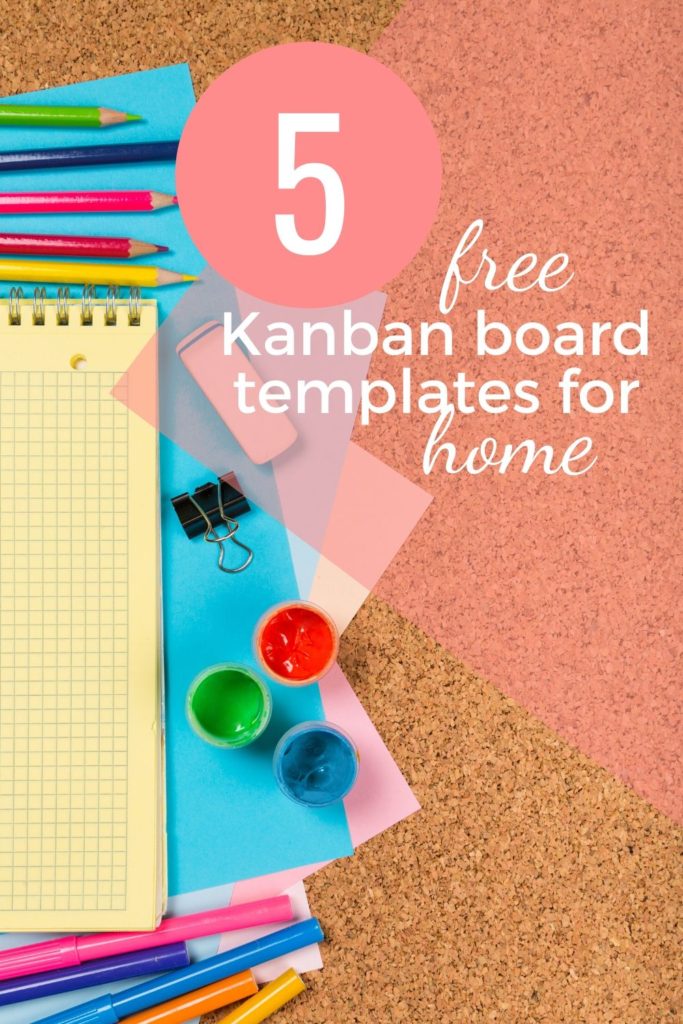
You might have figured out by now that I am huge geek about productivity. I love it at work, and I love it at home. It’s a huge kick for me to apply work concepts to make my life at home run more efficiently, so I knew I had to try this out!
What is Kanban?
OK, let’s back up a little bit. What exactly is Kanban, and how does it work?
Kanban was originally developed in 1940’s Japan. Taiichi Ohno designed Kanban as a way to visualize the workflow of a Toyota automotive manufacturing plant. Ohno’s goal was to avoid bottlenecks in the process and ensure that suppliers provided parts in time to keep production running smoothly. The concept of Kanban was translated to modern knowledge work by David J Anderson in 2004. According to Anderson, Kanban can improve any business process.
A Kanban board is the method you use for keeping track of the tasks you’d like to do. At its simplest, a Kanban board has three categories: To Do, Doing, and Done.
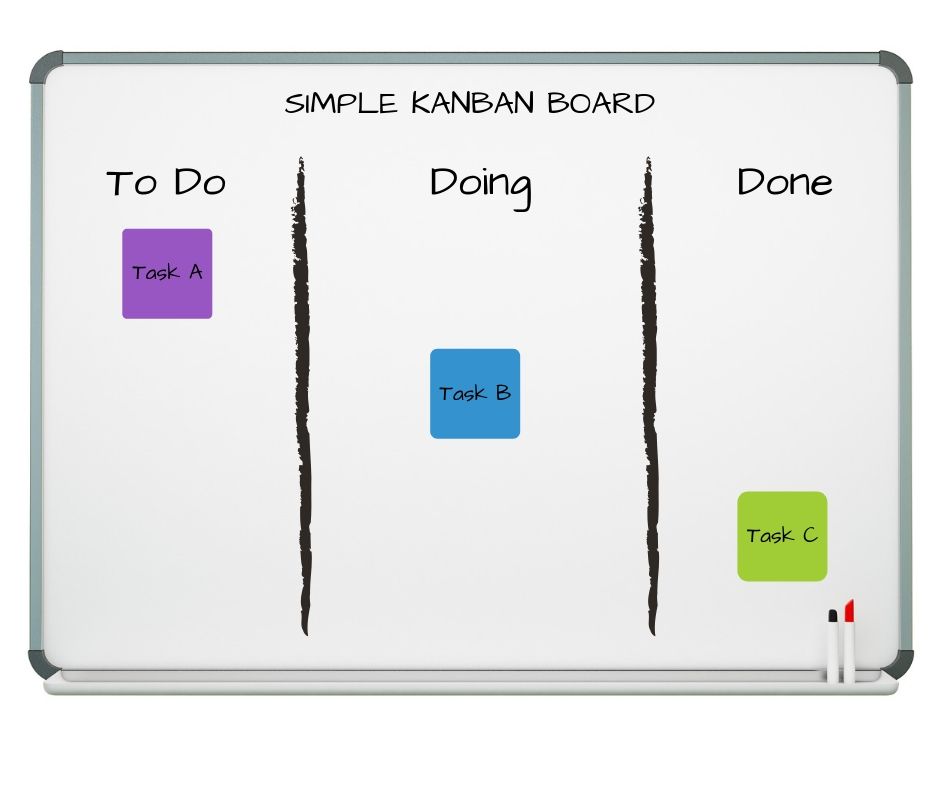
When you think of something you’d like to do, simply add it to the “To Do” category. When you’ve started on the task, move it to “Doing.” Finally, when the task is finishd, move it to “Done”. This will help you visually see where everything is in the process.
Of course, the board can be more complicated as well, depending on your process. For example, I could make a Kanban board for laundry. It might look something like this:
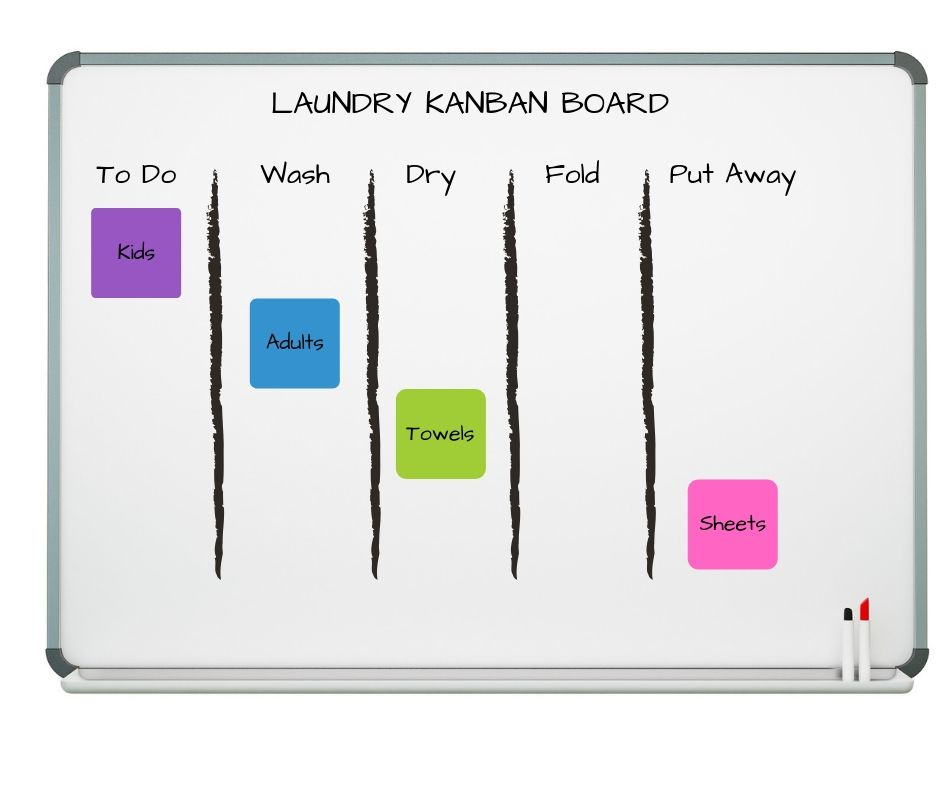
Now I love this idea and plan to do it, but I digress. The point is that you can customize a Kanban board to meet your needs!
What is Kanban good for?
Kanban is great for processes and workflows. It’s meant to apply to an existing process, not to implement a new process from scratch. For example, the original development of Kanban was designed to optimize Toyota’s manufacturing process – not build their factory. When a project has too many dependencies, it’s not a great fit for Kanban. It’s much better when each item can enter the workflow independently.
For example, let’s say you are hosting a baby shower for a friend. You’re waiting to hear back from the venue on available dates. You need the list of invitees from the guest of honor. The designer is still working on the invitations. You can’t send the invitations until all three of the previously mentioned tasks are done.
It’s hard to capture complicated dependencies with Kanban. That’s why it’s better for a straightforward workflow, with only simple dependencies. The laundry example is great because you only need to wait for the laundry to be washed before it is dried. The process flow is simple.
Core Principles of Kanban
Before you dive right in, there are a few principles that you need to follow to make Kanban at home successful.
Start with your current process
Kanban is meant to improve current workflows, however inefficient they might be.
Make small changes
Use Kanban to introduce incremental changes rather than sweeping reforms. This will greatly reduce the risk of your spouse and children complaining.
Respect all parties involved
If you’ve been doing the laundry for years, you don’t have to get your family to start doing it all right away. Incremental changes will encourage organic shifts in responsibilities over time.
Encourage ownership from everyone
Rely on your team members (e.g. your family!) to make the right decisions on a day to day basis. Sometimes the person closest to the situation has the best answer. If your seven year old wants to put her clothes away differently than you do it, let her.
How do I use Kanban? Follow these two important principles
Follow two of the Kanban principles to keep your Kanban for home processes flowing smoothly!
Visualize the workflow with a Kanban board
To implement Kanban, you need a board! The structure of the board will depend on the process you’re trying to improve, but you might want to start with a basic structure.

If you want to use a physical board, place it somewhere prominent in your home and get a TON of post-it notes. I like to color code the post-it note by person or category. For example, I might get a different color post-it note for each member of my household.
For those who prefer to use an app, Trello is a GREAT option for creating flexible Kanban boards. I really like using Trello to share boards with my husband, but it’s not as useful for the kids. They really need a tangible board somewhere in the house.
Limit Work in Progress
This principle is key to success! Once work is in progress, it needs to keep going. So, you should only pull items into the work queue once there is capacity available.
Let’s go back to the laundry example because it is such a good one. In our house, folding and putting away the clean laundry is by far the bottleneck in the process. Suppose I have this one laundry basket. I bring one load of laundry down and put it in the wash. Then I put load #1 in the dryer. So far so good.
Now load #1 is dry and I pull it out of the dryer into the empty laundry basket. The laundry basket is now full. I need to fold that laundry and put it away before the next load is done in the dryer.
Why? I am the bottleneck in this process. If I just crank laundry through wash and dry, I end up with a huge mountain of clean but unfolded laundry. A big laundry mountain takes 3+ hours to fold and put away, and I sometimes ignore it for days because it’s just too much to face.
If you have trouble with a bottleneck in your process, use the laundry basket as a visualization for keeping the right amount of work in progress in the queue at all times!
Setting up your Personal Kanban
Compared to the analytics enterprise implementations that I work on at the office, household processes are pretty straightforward. That’s why I think they are so great for Kanban! Here are a few ways you could use Kanban for home life!
Laundry
We’ve explored this one pretty thoroughly already, but a Kanban planner would be perfect for laundry. My board would look like this:

Use the ONE laundry basket concept to limit your WIP. You may want to assign days to each post-it so the process flow works smoothly. You could go oldest to youngest or alphabetic.
Adult Routines
I really like routines because they help me do what I need to do without much thought or effort. You could create a Kanban board for your morning routine, evening routine or bedtime routine. The board could be very simple with just a “To Do” and “Done” column.
For example, you might create an after-work routine that looks like this:
- Drink a glass of water
- Change clothes
- Start dinner
- Empty work bag
- Empty kids school bags
- Take 5 deep breaths
This could work equally well for morning, weekend, or bedtime routines!
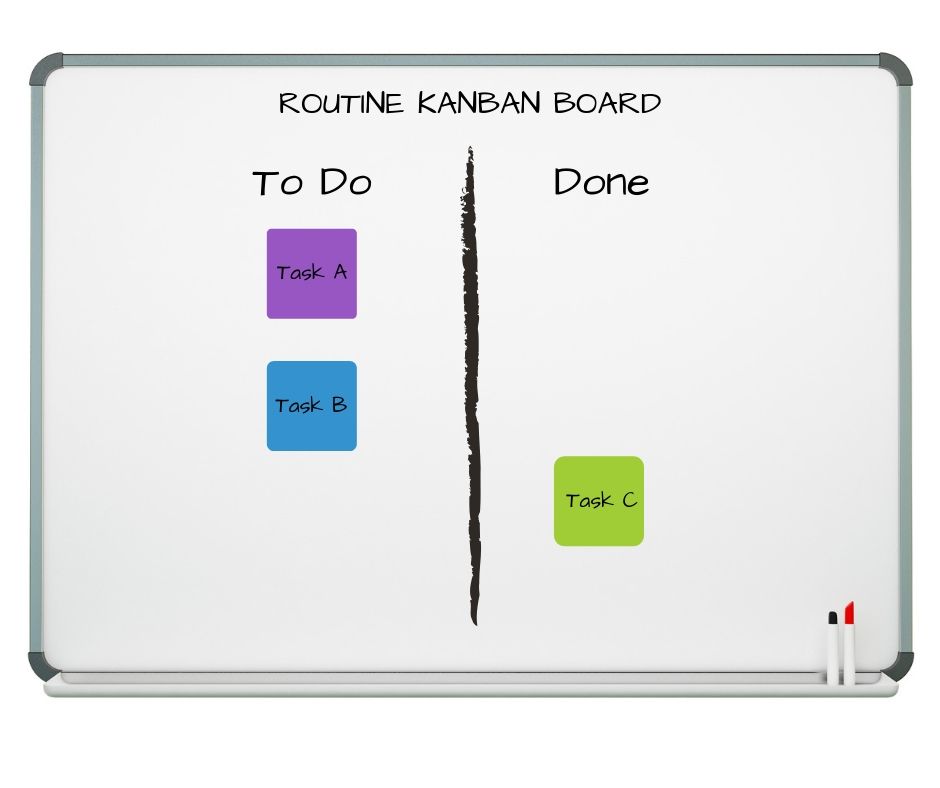
Emotional labor
I really like Kanban planners because they help my husband and I collaborate. We have a shared “Home” board with a long list of short-term and long-term items that need to be done around the house. I like the approach because we can both clearly see all of the things that go into running the house.
Each of us can take specific tasks and move them from “To Do” to “Doing” to “Done.” This can also be helpful when you need to know if someone has started something. For example, we recently got our roof replaced. A Kanban for Home board would easily tell me if my husband had taken on the “roof replacement” tasks by moving it to “‘Doing” and assigning it to himself. That way I wouldn’t worry about whether anything needed to be done on that task!
Weekend/Summer bucket list
A Kanban planner could be super for a family bucket list! You might have four columns like:
- Bucket ideas
- Planning
- Scheduled
- Complete
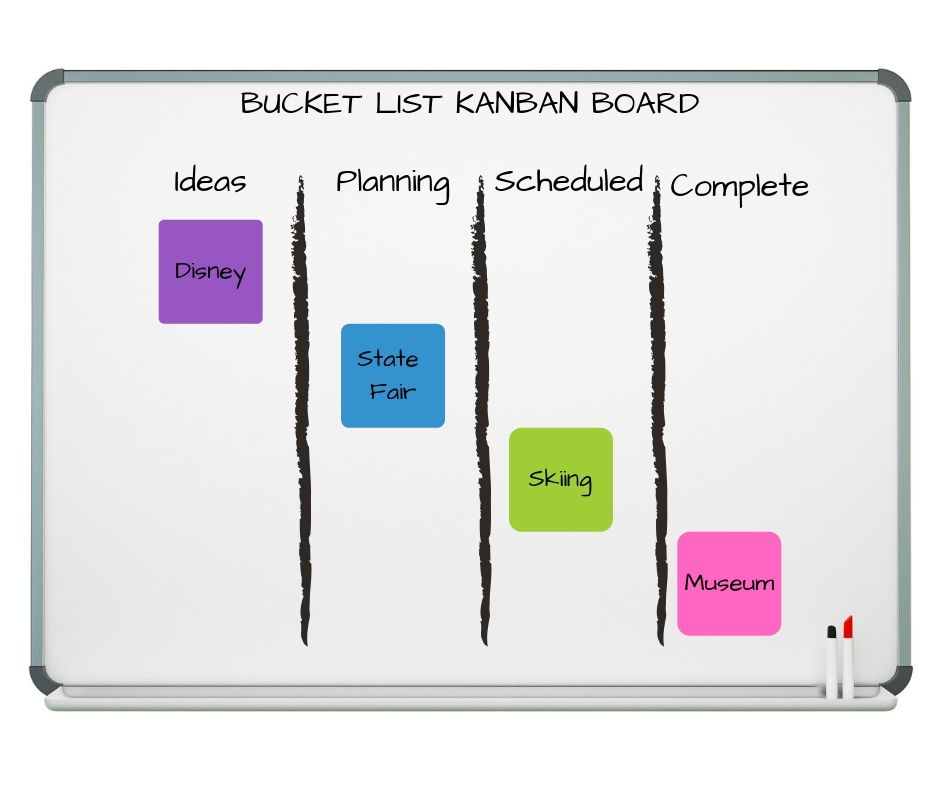
The bucket list Kanban board can help you keep track of all of the fun ideas your family has for trips and activities while also helping you prioritize them. How many of you have said for years that you need to go to x local attraction, but have never actually done it? That idea is much harder to forget about when it’s on the board! Then, on a random weekend when you have nothing to do you can always grab an idea off the board and go!
Kanban for kids
Kanban is super easy for kids to understand. You can use find lots of different ways to help your kids complete chores, follow routines, and more using a Kanban planner.
Chores
If your family has trouble finishing tasks around the house, consider using Kanban for household chores. A simple board with two columns would be perfect for daily or weekly chores. Each family member would have little cards or post-its that they would move from “to-do” to “done.” You could color code daily vs weekly tasks, make different charts for daily and weekly or make a note on the post-it.
On one hand, I like the idea of creating two charts because it’s such an easy visual. If all of the items on the “daily” chart aren’t in “Done” at the end of the day, you didn’t complete your chores. No thinking required! On the other hand, you don’t want to have too many charts around your house! These are so small though that it might be OK to have separate daily and weekly chore charts.
You could also create separate charts for each family member!
Routines
Similar to the daily chore chart, a daily routine chart could be very simple with two columns:

You might want to have a morning routine Kanban board for your kids, including important morning activities like:
- Brush teeth
- Comb hair
- Get dressed
- Eat breakfast
- Pack backpack
- Put on shoes
An evening routine chart could be similar. It might contain items like:
- Do homework
- Empty lunchbox
- Take a bath
- Brush teeth
- Put on PJs
- Read for 15 minutes
Again, I like the concept of making separate charts so you can have an easy visual of whether everything has been completed. Each child could even have their own chart with separate sections for morning routine, evening routine and chores.
Kanban Planner ideas for busy families
Kanban is so flexible that you can adapt to most workflows or situations. At home, your processes are usually simple. That’s why you can create a Kanban boards that are easy to understand for kids and adults alike!
To get started, pick one process you’d like to improve. Don’t take on too much at once – that will be a recipe for disaster and will frustrate the entire house! Instead, introduce the concept on one routine, workflow, or task and go from there. Let me know how it goes!
